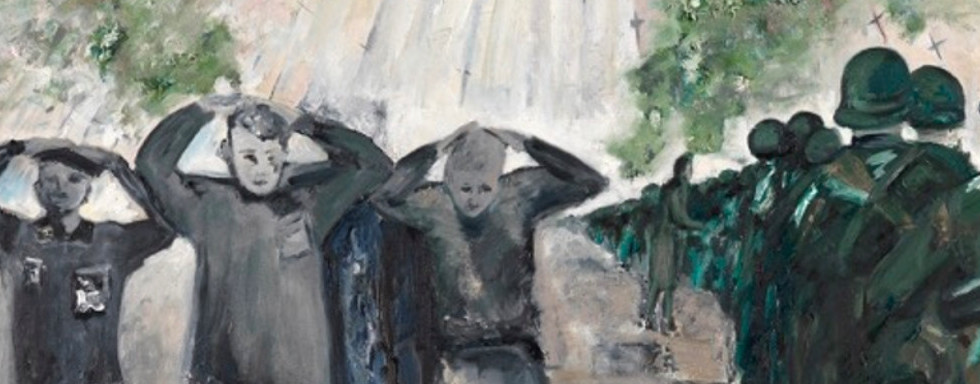Is anyone to blame for the lack of controversy in the art world?
“It’s about my frustration about the art world. I think the truth is, we’re all responsible in one way or another.”
Molly Crabapple shakes her head in a decisively disagreeing manner as I question why it’s so difficult for artists to freely express themselves in the art world during a recent debate on the Al Jazeera English stream.
It was argued that ‘the art world’ refers to a very specific minority of people who are unlikely to represent the values and beliefs of a wider audience. Crabapple said, “You don’t need ‘the art world’ to speak to people”, and I do not disagree, an artist does not need a significant platform to speak to people – but they do need it to be heard.
As I mentioned in my previous post, more often than not it seems the leading influential galleries in the art sector would prefer to play it safe, and I don’t entirely agree with this but it cannot be disregarded. Surely any aspiring artist would like to be memorable to the leading figures in their industry. As a lawyer, would you want your skills to be recognised by a Managing Director at Clifford Chance? Or maybe as a professional in the finance industry, would you want a senior professional at HSBC to show an interest in recruiting you? Assuming the answer is yes, this is my perspective. As an artist, I aspire to have my skills recognised by the leading figures in the industry. Unfortunately, according to the current cultural standards in the art world, that will be limited according to the subject of my work.
Can we point the blame at anyone specific for the reluctance to exhibit socially controversial art? I don’t believe we can. Art is ingrained in a culture we all participate in, and we have all helped to create a perception that art as a predominantly recreational subject. We may go to the Tate gallery on a free weekend or spend an evening after work visiting a trending exhibition – and it may not be during these moments that we want to be consistently reminded of the injustices in the world. This culture could be compared to someone who has made the decision to watch Strictly instead of the news in an attempt to avoid being reminded that the world is full of tragedy.
I believe that sometimes it is necessary to confront such injustices if we are to spark a conversation around the subject and ultimately make changes that will better the world we live in. With that precedent, the art world may well follow.
A cultural change cannot be driven by one person. It will take a community to voice a willingness to see art in leading galleries that sparks controversy, starts a debate and ultimately could lead to social reforms. We all have a part to play.
